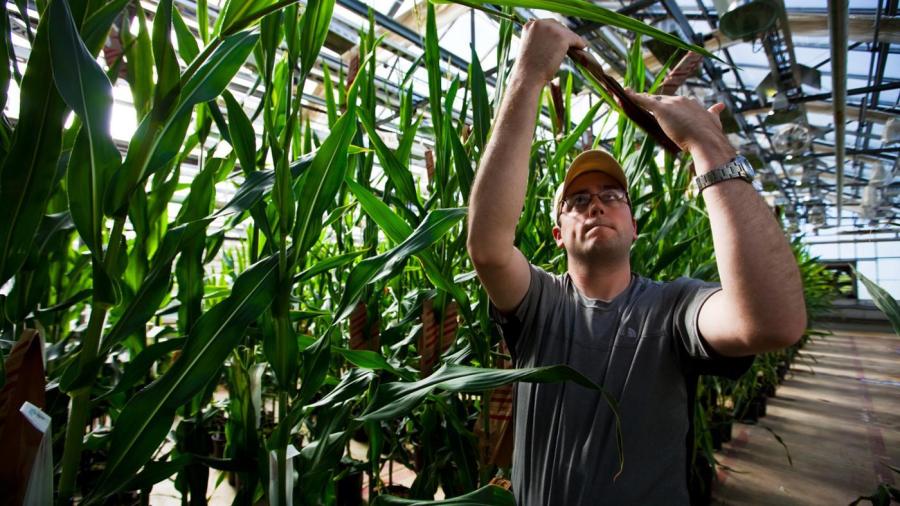What Is the Waste Product of Photosynthesis?

Photosynthesis, which is the process through which some living organisms, including most plants and some fungi, make their own food, produces oxygen as a waste product. The process of photosynthesis in plants is the reverse of the respiration process in humans. While humans breathe in oxygen and expel carbon dioxide, plants ingest carbon dioxide and dispel oxygen.
While the processes of photosynthesis and respiration in plants and humans are similar, they take place for different reasons. Plants rely on photosynthesis to produce food and energy that they need to survive and carry out basic functions, including reproduction. Photosynthesis is considered to be a chemical reaction, and begins when water and carbon dioxide combine. The interaction of these two substances takes place only when sufficient light is available.
In addition to light, photosynthesis requires pigmentation called chlorophyll to take place. Chlorophyll helps to produce glucose and oxygen. After production, glucose may be converted into one of several substances. It can take the form of a starchy material or can transform into fats and oils. After completing its cycle, photosynthesis produces excess amounts of oxygen and smaller amounts of glucose, which are dispersed into the atmosphere upon exhalation. As with respiration, photosynthesis takes place during the day and night, but is more common during the day.





